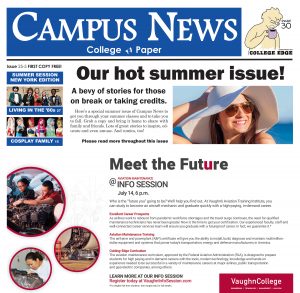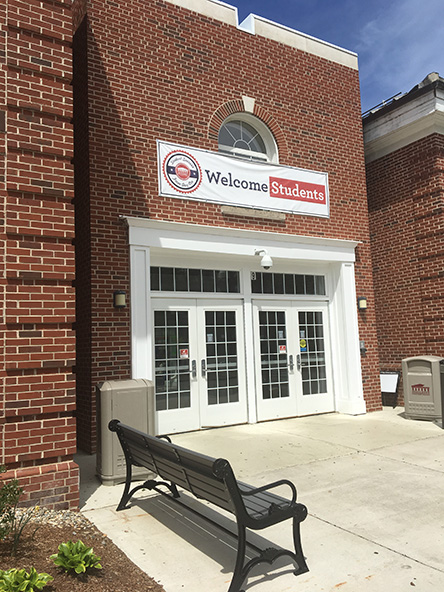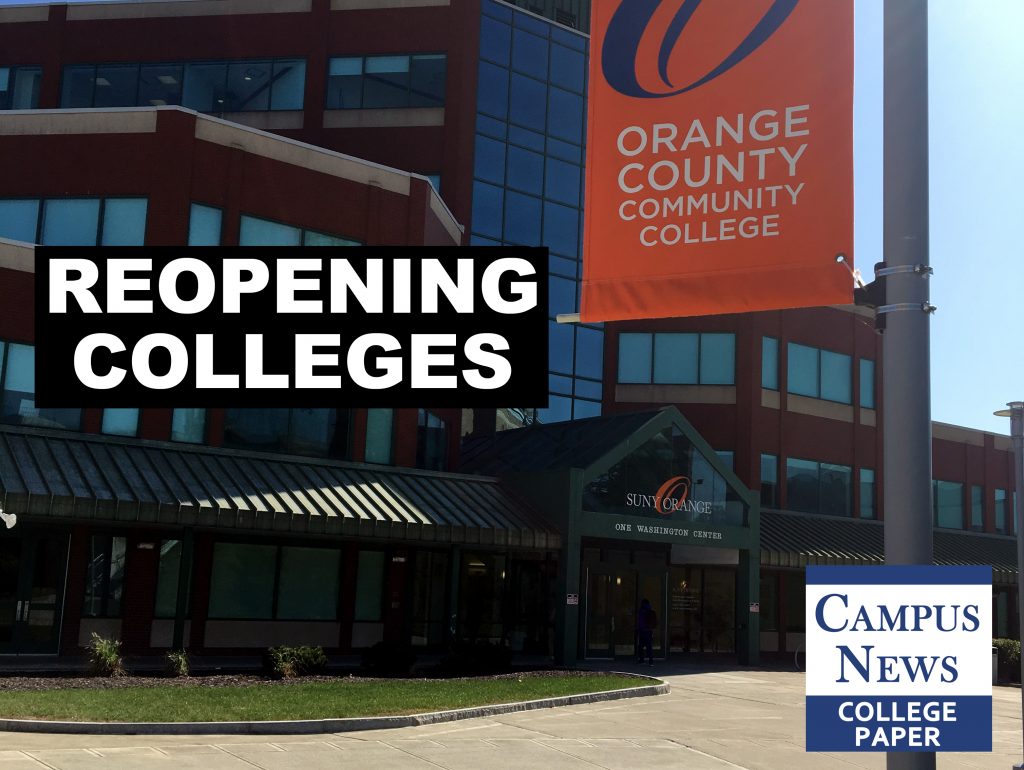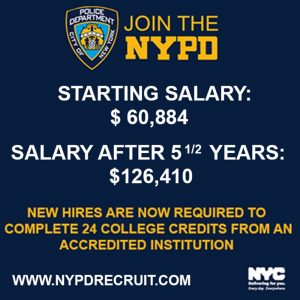By Darren Johnson
Campus News
In my state, New York, many of the two-year colleges have ditched the word "community" from their names; so instead of the school being called, say, XYZ County Community College, they are being rebranded SUNY XYZ.
I could see getting rid of the word "county." The original plan for two-year colleges in this state was that a third of their funding was supposed to come from their host counties, but most counties keep cutting their educational budgets to the point where the county contribution is often in the teens or even single digits.
But cutting the word "community" may have had unintended consequences.

It's not a secret that two-year college enrollment is dramatically down, especially in New York, despite that a relatively new Excelsior Scholarship makes them free for practically anyone. The "free college" initiative showed no marketing boost -- enrollment kept decreasing. And then Covid hit. The four-year public colleges are largely rebounding from that, but the two-year colleges continue to freefall.
Dropping the word "community" perhaps was a bit pretentious, telling the world that the credits gained at a two-year college are just as good as credits earned at a four-year college, but it miscalculated the audience.
While marketing administrators themselves largely went straight to four-year colleges when they were students -- I was a community college marketing administrator during the enrollment boom years of the early 2010s and my marketing buys did reach the masses, as the college I worked for outperformed almost all others in the state -- the typical marketing administrator may have a hidden or unrecognized bias against two-year college students. In short, perhaps the marketing administrators are being snooty.
The world of a person who went straight to a four-year college when they were younger is highly technical. They see their kids on the latest devices and assume all kids are so fluent. So, to them, the idea of an online two-year college makes sense.
And two-year colleges overreacted to Covid -- while four-year colleges pushed to return to in-person classes, two-year colleges are stuck in Spring 2020. Many still have mask requirements; most classes are moved online -- still. Even for Fall 2022.
Full-time tenured faculty are dragging their feet when it comes to returning to the podium; they, too, mostly went straight to four-year colleges as students. The adjuncts have less leverage, so often have to be the ones manning the in-person classes. I taught 13 credits at two difference colleges last semester as an adjunct; the demand was there.
Some studies say a good number of students prefer online education, even at two-year colleges. But are these studies merely confirmation bias? Are they pushed by the tech and LMS companies that contract with these colleges?
(Then there is the question of how the online course is delivered -- synchronously via Zoom or asynchronously; similar to the correspondence schools of old. Are many asynchronous instructors mostly doing a copy-paste?)
Even if it's true a majority of students just want online courses, there's still a sizeable minority who doesn't. I'm not sure any college can survive if they lose that sizable minority.
And how do we know what an 18-year-old really wants? Colleges already rely too heavily on student evaluations of instructors. Maybe the administrators should be the adults and make the decision that, yes, to foster a sense of "community," classes do need to be in-person.
I've taught online classes -- students are essentially watching me on TV. They may turn off their cameras so I can't see them. They may be looking at social media on their phones underneath the camera. If you give a typical student an easier option, they will take it. The lecture portion of the online classes is easier for these students, and not as effective. They are just too distracted, and comfortable at home.
Do you remember a TV show better than a Broadway play? Usually not.
I recently was on the campus where I used to be an administrator. It was a school day. The initial entryway leads to a large lobby where scores of students used to be hanging out, laughing, playing cards, making plans. Many were boisterous. Some were studying, some eating, some playing video games as a group.
It was a community college.
Now, that big room is empty. The parking lot used to be jampacked; now it's nine-tenths empty. People talk in hushed tones.
My daughter taught in a poor local K-12 school district a year ago, the kind of district that would eventually feed a community college like the one I worked for. The kids had no technology at home aside from TVs; the district tried to give them computers during the pandemic. That initiative largely failed, and the anecdotal stories I've heard as to why are heartbreaking.
There's no time to be snooty. These are real students who need real people around them. They need a learning community.
Two-year colleges that still are mostly virtual for the fall are missing an opportunity to bring back these students.
Changing the name of a college is not just a branding exercise; even with the name change, the original mission remains.
A two-year college can be a safe space -- a place to come and learn -- for the whole community. Not just those with the latest gadgets, who are planning to transfer easy credits to a four-year college.
That human element is what made community colleges special, and a big reason as to why they boomed in the early 2010s; and the lack thereof is why they are withering now.
 Darren Johnson publishes Campus News, a student newspaper available at scores of colleges statewide. He also adjuncts in both Journalism and Marketing. He was a college marketer from 1999-2015 and was known for growing enrollments. Contact him at editor@cccn.us.
Darren Johnson publishes Campus News, a student newspaper available at scores of colleges statewide. He also adjuncts in both Journalism and Marketing. He was a college marketer from 1999-2015 and was known for growing enrollments. Contact him at editor@cccn.us.








Facebook Comments